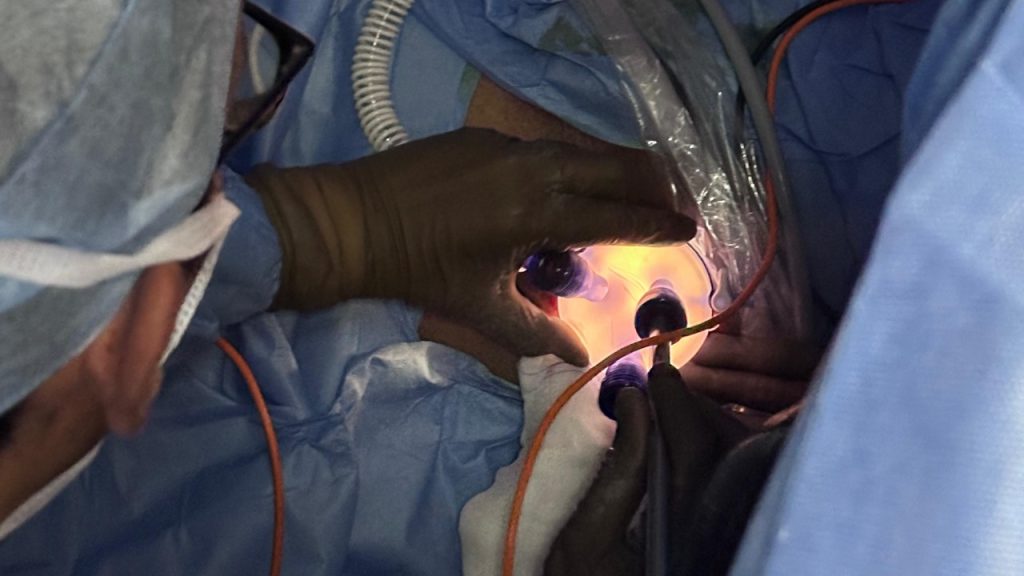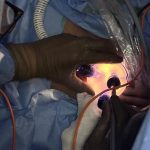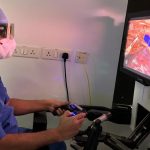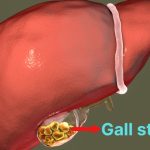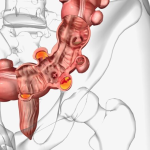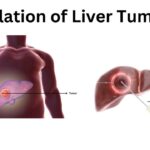Patient care has been revolutionized due to developments in surgical techniques, which have decreased invasiveness, increased precision, and sped up recovery times. Regarding the effectiveness of robotic surgery in comparison to more conventional surgical procedures, there is still significant controversy in the field of gastrointestinal surgery.
An accomplished gastro surgeon, Dr. Srikanth Gadiyaram elucidates the essential distinctions, advantages, and restrictions of both approaches, supporting patients in making choices that are based on accurate information.
Traditional Surgery: The Conventional Approach
Traditional surgery encompasses open and laparoscopic techniques. Open surgery necessitates a substantial incision, which enables surgeons to directly access the affected region. While effective, it frequently leads to extended recovery times and an increased risk of infection. Laparoscopic surgery employs small incisions and utilizes a camera for surgical guidance, thereby minimizing recovery time and enhancing cosmetic results.
Traditional methods for procedures such as Gallbladder Surgery (Gallstones Removal Surgery, Cholecystectomy) have demonstrated excellent results. Nonetheless, the advancement of medical technologies indicates a clear transition towards robotic surgery.
Robotic Surgery: The Future of Minimal Access Surgery
Robotic-assisted surgery is a sophisticated method in which a gastrointestinal surgeon utilizes robotic arms to execute intricate procedures with exceptional precision. This method combines advanced technology with, providing advantages such as improved dexterity, minimized blood loss, and expedited recovery.
Robotic surgery demonstrates superiority in precision and post-operative recovery for complex procedures, including Colorectal Surgery, Bariatric Surgery, Hernia Surgery, Liver and Pancreatic Surgery. A significant number of patients favor robotic surgery, particularly when pursuing care from leading specialists in the field.
Comparing Key Aspects
| Aspect | Traditional Surgery | Robotic Surgery |
| Incision Size | Large (open) or small (laparoscopic) | Minimal, highly precise |
| Precision | Depending on the surgeon’s skill | Enhanced with robotic assistance |
| Recovery Time | Longer | Shorter |
| Blood Loss | Higher | Minimal |
| Pain & Scarring | More noticeable | Reduced |
| Cost | Lower | Higher (due to the most expensive surgeon and technology) |
| Technology Used | Conventional tools | Latest technology, German technology |
Which One is Right for You?
Several factors, such as the intricacy of the patient’s medical condition, the financial consequences, and the level of experience of the surgeon, all play a role in the decision-making process over whether to perform traditional surgery or robotic surgery. Even though it is typically more expensive, robotic surgery offers an outstanding level of precision.
Patients who are looking for top-tier care in Bangalore, Karnataka, India, should seek the advice of an experienced GastroIntestinal surgeon or gallbladder surgeon, such as Dr. Srikanth Gadiyaram, to choose which treatment option is the most suitable for what they are experiencing.
Conclusion
Modern medicine makes room for both conventional and robotic procedures. However, conventional techniques are still dependable for many gastrointestinal disorders, robotic surgery is redefining surgical excellence. Thanks to developments in medical technology, many find robotic surgery to be a convincing choice since patients may now obtain better surgical results. Achieving the greatest results depends critically on selecting the appropriate surgeon whether one chooses gallbladder surgery, bile duct stones removal, or Cholecystectomy.
For additional information or to arrange an appointment, call Sahasra Hospitals, Jayanagar at 8880837000 or 9880105829.

